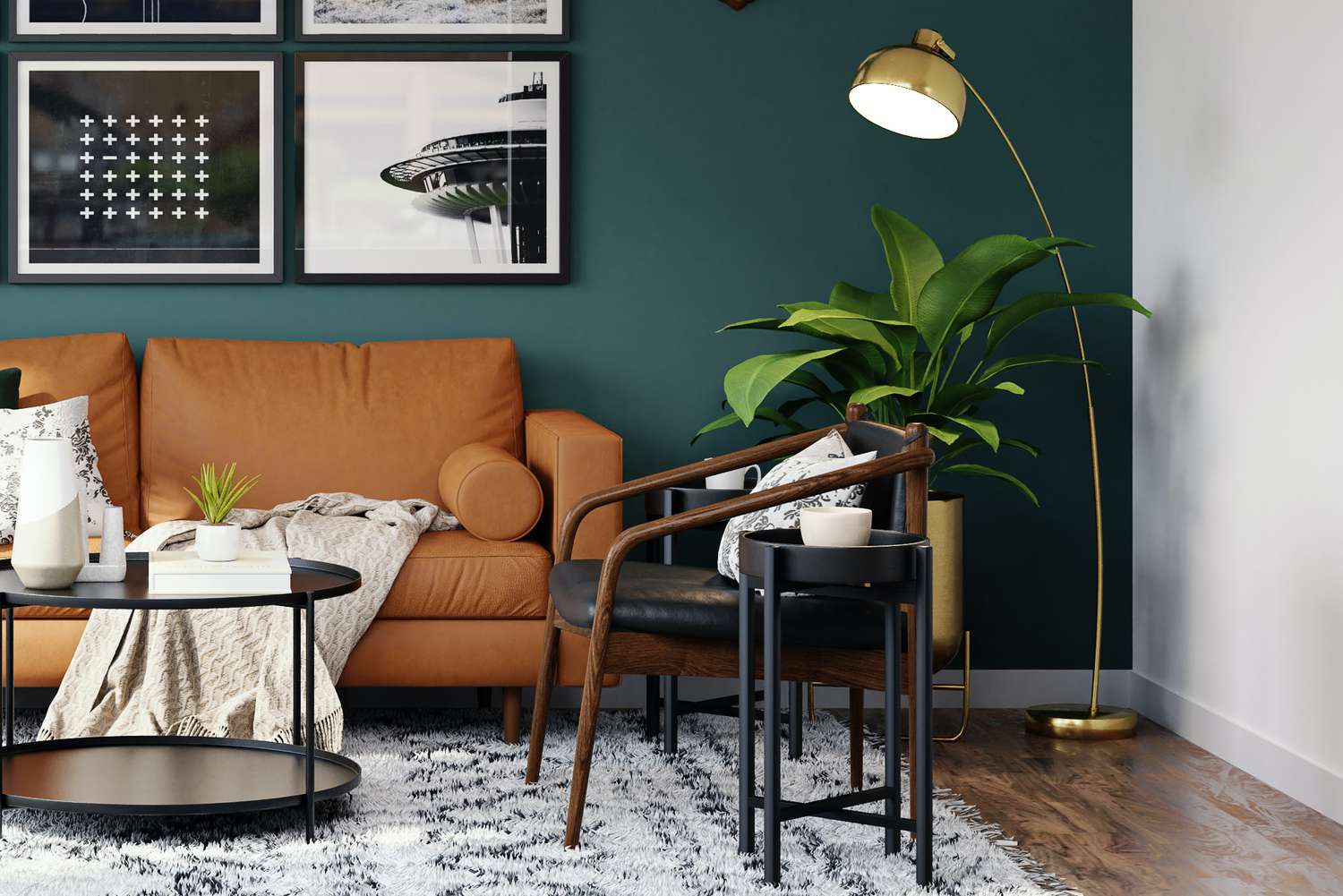

Articles
Where To Put Floor Lamp In Living Room
Modified: January 18, 2024
Discover the perfect placements for floor lamps in your living room with our curated articles. Transform your space with the right lighting techniques.
(Many of the links in this article redirect to a specific reviewed product. Your purchase of these products through affiliate links helps to generate commission for Storables.com, at no extra cost. Learn more)
Introduction
Choosing the right lighting for your living room can greatly enhance its ambiance and functionality. A floor lamp is not only a practical lighting solution but also a stylish addition that can complement your interior decor. When it comes to floor lamp placement, there are several factors to consider, including the layout of the room, the purpose of the lighting, and the desired atmosphere.
In this article, we will explore different factors and considerations for placing a floor lamp in the living room. Whether you want to create a cozy reading nook, highlight a decorative piece, or add a touch of elegance, we will guide you through the process of finding the perfect spot for your floor lamp.
Let’s dive into the key factors to consider when placing a floor lamp in your living room.
Key Takeaways:
- Enhance Your Living Room Ambiance
Strategically place floor lamps to create cozy reading nooks, highlight focal points, and add a touch of elegance. Consider functionality, room layout, and natural light for optimal placement. - Transform Your Space with Functional Lighting
Experiment with floor lamp placement near seating areas and over workspaces to provide focused task lighting. Maximize natural light and consider the overall style and layout of your living room for a harmonious lighting scheme.
Read more: Where To Put A Floor Lamp In The Living Room
Factors to consider when placing a floor lamp in the living room
Before deciding on the placement of your floor lamp, there are a few factors to consider to ensure that it meets your lighting needs and complements the overall design of your living room. These factors include:
- Functionality: Determine the purpose of the floor lamp. Do you need it for task lighting, such as reading or working on a laptop, or as an accent light to create ambiance? Understanding its primary function will help you choose the appropriate placement.
- Room layout: Take the layout of your living room into account. Identify the areas that need lighting and consider how the lamp will fit into the space. This will help you determine the ideal location for the lamp.
- Style and design: Consider the style and design of your floor lamp. Is it modern, traditional, or minimalistic? Ensure that it complements the overall aesthetic of your living room. The lamp should blend harmoniously with the existing furniture and decor.
- Height and size: Consider the height and size of the lamp. A taller lamp can provide a larger area of illumination, while a shorter lamp can be a great addition to a smaller space. Additionally, make sure the lamp is proportional to the furniture and the room itself.
- Power outlet accessibility: Take note of the availability of power outlets in the desired location. Ensure that the lamp’s cord can be easily plugged in without causing any inconvenience or posing a trip hazard.
- Light direction: Consider the direction in which you want the light to be cast. Some floor lamps have adjustable heads or shades that allow you to direct the light towards specific areas, while others emit a more diffused light. Decide where you want the light to be focused.
By considering these factors, you can determine the best placement for your floor lamp in the living room. Next, let’s explore some specific areas where you can position your floor lamp for optimal lighting and visual impact.
Choosing the right corner or area for floor lamp placement
When it comes to placing a floor lamp in your living room, one of the key considerations is selecting the right corner or area for optimal lighting and aesthetic appeal. Here are some tips to help you make the right choice:
- Reading nook: If you have a dedicated reading area in your living room, placing a floor lamp next to a comfortable armchair or a cozy chaise lounge can create the perfect ambiance for diving into your favorite book. Position the lamp at a height and angle that allows the light to illuminate the pages without causing glare or shadows.
- Accentuating a focal point: If you have a specific piece of artwork, a stunning sculpture, or a beautiful plant that you want to highlight, consider placing a floor lamp nearby. The directional light from the lamp can draw attention to the focal point and create a captivating visual effect.
- Oversized floor lamp: For a bold and dramatic statement, opt for an oversized floor lamp and place it in a corner that lacks natural light. This can create a striking contrast and add a touch of sophistication to your living room decor.
- Entrance area: A floor lamp placed near the entrance of your living room can serve as a warm welcome and provide a soft glow. It can also make it easier to find your way into the room, especially during the evening or in low-light conditions.
- Hidden corners: Utilize those often-neglected corners in your living room by placing a floor lamp there. This can instantly transform the space, making it feel more inviting and functional.
Remember, the placement of your floor lamp should not only provide functional lighting but also enhance the overall aesthetic appeal of your living room. Experiment with different positions and angles to find the ideal corner or area that creates the desired atmosphere.
In the next section, we will explore how floor lamp placement can enhance seating areas and provide focused task lighting.
Floor lamp placement near seating areas
Placing a floor lamp near seating areas in your living room can create a cozy and well-lit environment for relaxation, conversation, or other activities. Here are some tips for effective floor lamp placement near seating areas:
- Side table companions: If you have side tables next to your sofas or armchairs, consider placing a floor lamp on one of them. This not only provides practical lighting but also adds a visually pleasing element to the arrangement. Ensure that the lamp is tall enough to cast light over the seating area without obstructing the line of sight.
- Corner placement: Another option is to place the floor lamp in a corner behind or beside the seating area. This creates a soft, diffused light that illuminates the space without being directly in the line of sight. This placement is particularly suitable if you prefer a more ambient lighting experience.
- Arching floor lamp: An arching or arc floor lamp can be an excellent choice for lighting a seating area. These lamps have a long, curved arm that extends over the seating area, providing targeted lighting without the need for a side table. This placement also adds a touch of elegance and modernity to your living room.
- Clustered floor lamps: For larger seating areas or open-plan living rooms, you can consider clustering multiple floor lamps together. This arrangement not only provides ample lighting but also creates a visually appealing focal point. Remember to choose lamps with different heights and styles for a dynamic and layered effect.
- Floating floor lamp: If you have a more minimalist or contemporary decor style, consider a floating floor lamp. These lamps are designed to be freestanding without the need for table or wall support. Place them strategically near your seating area to achieve a modern and sophisticated look.
When positioning the floor lamp near seating areas, be mindful of any potential obstructions such as furniture or curtains that could block the light. Additionally, consider the desired lighting intensity and the mood you want to create in the space.
Now that we’ve explored the placement of floor lamps near seating areas, let’s move onto using floor lamps as accent pieces in your living room design.
Consider placing the floor lamp near a reading nook, next to a sofa or armchair, or in a dark corner to add both task and ambient lighting to the living room. This will help create a cozy and well-lit atmosphere.
Floor lamp placement as an accent piece
A floor lamp can be more than just a functional lighting source; it can also serve as an eye-catching accent piece in your living room. By strategically placing the floor lamp as an accent, you can enhance the overall aesthetic and create a focal point. Here are some ideas for using floor lamps as accent pieces:
- Statement corner: Position a uniquely designed or visually striking floor lamp in a corner of your living room to draw attention and create a statement. Consider lamps with interesting shapes, colors, or materials that complement or contrast with the existing decor.
- Center of attention: Make the floor lamp the centerpiece of your living room by positioning it in the middle of the space. This works particularly well if you have a spacious living room with an open floor plan. Choose a floor lamp with a captivating design that complements the surrounding furniture.
- Texture and material: Use a floor lamp with a textured or unique material to add visual interest to a specific area. For example, a lamp with a woven shade or a metal base with an intricate design can become a focal point and add depth to your living room decor.
- Colorful lighting: Opt for a floor lamp that emits colored light, such as a lamp with a colored shade or a smart floor lamp with adjustable RGB lighting. This can add a playful and vibrant touch to your living room, especially during parties or special occasions.
- Contrasting styles: Experiment with mixing different design styles by pairing a floor lamp with a contrasting aesthetic to the surrounding furniture. For instance, if you have a contemporary living room, consider adding a vintage-inspired or industrial-style floor lamp for an eclectic and visually dynamic look.
When using a floor lamp as an accent piece, ensure that it aligns with the overall theme and style of your living room while still making a bold statement. The placement should be strategic and visually impactful.
In the next section, we will explore how to position floor lamps for task lighting purposes in your living room.
Read more: Where To Put A Lamp In Living Room
Floor lamp placement for task lighting
In addition to providing ambient and accent lighting, floor lamps can be incredibly useful for task lighting purposes in your living room. Whether you need focused illumination for reading, working on a laptop, or engaging in any other specific activity, here are some recommendations for floor lamp placement:
- Next to seating areas: If you have a designated reading nook or a specific area where you often engage in tasks like reading or crafting, place a floor lamp next to the seating area. Position the lamp at a height and angle that directs the light onto the task surface, providing ample illumination without causing glare or shadows.
- Over a desk or workspace: If you have a desk or workspace in your living room, a floor lamp can serve as an excellent task lighting solution. Position the lamp behind or to the side of the desk, angled towards the work area. This provides focused lighting for activities like writing, studying, or working on a computer.
- Adjustable and versatile lamps: Choose a floor lamp that offers adjustability in terms of height, angle, and brightness. This way, you can easily customize the lighting to meet your specific task requirements. Lamps with adjustable heads or gooseneck designs are particularly useful in directing light precisely where you need it.
- Task-specific lighting zones: Consider setting up multiple floor lamps in different areas of your living room to create task-specific lighting zones. This can be beneficial if you have various activities taking place simultaneously, such as reading, playing games, or working on hobbies. Each zone can have its own dedicated floor lamp to provide focused lighting.
- Underneath shelves or cabinets: If you have shelves or cabinets in your living room, you can install floor lamps underneath them to create task lighting for specific areas. This can be particularly useful for illuminating items on display or creating a well-lit workspace.
Keep in mind that task lighting should be adjustable and positioned in a way that minimizes eye strain while providing sufficient illumination for the task at hand. Experiment with different angles and positions to find the optimal placement for your floor lamp based on your specific task lighting needs.
In the final section, we will explore the importance of maximizing natural light in conjunction with floor lamp placement in your living room.
Maximizing natural light in conjunction with floor lamp placement
While floor lamps can be a fantastic addition to your living room, it’s essential to make the most of natural light in combination with their placement. Natural light not only provides a sense of openness and warmth but also helps to reduce energy consumption. Here are some tips for maximizing natural light alongside floor lamp placement:
- Window positioning: Take note of the location and size of windows in your living room. Place your floor lamps away from windows to avoid blocking natural light from entering the room. This allows for a seamless integration of natural and artificial lighting.
- Window treatments: Choose window treatments that allow ample natural light to pass through. Opt for sheer curtains, blinds, or shades that can be easily adjusted to control the amount of light entering the room. This way, you can maximize natural light during the day and rely on floor lamps for lighting during the evening or in darker corners.
- Light-colored walls: Paint your living room walls with light, reflective colors to make the most of natural light. Light-colored walls help bounce and distribute natural light throughout the space, reducing the need for excessive artificial lighting during the day.
- Mirrors and reflective surfaces: Incorporate mirrors and other reflective surfaces strategically in your living room. Placing a mirror opposite a window can amplify the amount of natural light as it reflects off the mirror’s surface. This can make the space feel brighter and more spacious.
- Transparent or light-colored furniture: When selecting furniture, opt for pieces that are transparent or have light-colored upholstery, such as glass tables, acrylic chairs, or light-colored sofas. This minimizes light blockage, allowing natural light to flow freely and add brightness to your living room.
- Avoiding heavy drapes or furniture: Avoid bulky or dark-colored furniture that can absorb natural light and make the room feel darker. Similarly, opt for lightweight and translucent window treatments over heavy drapes that can obstruct natural light.
By maximizing natural light in your living room, you can reduce reliance on artificial lighting and create a brighter, more inviting space. Supplementing natural light with strategically placed floor lamps can further enhance the ambiance and provide adequate lighting during evenings or in areas with limited access to natural light.
Now that we have covered the importance of natural light, let’s wrap up the article.
Conclusion
Placing a floor lamp in your living room is not only about illuminating the space but also adding a touch of style and enhancing the ambiance. By considering various factors such as functionality, room layout, style, height, and light direction, you can find the perfect placement for your floor lamp.
Choosing the right corner or area for your floor lamp can create a cozy reading nook, highlight a focal point, or transform hidden corners. Placing the lamp near seating areas can provide both practical lighting and visual appeal, while using it as an accent piece adds a decorative element to your living room design.
For task-oriented activities like reading or working, strategic floor lamp placement next to seating areas or over desks can ensure focused illumination. Additionally, the synergistic use of natural light alongside floor lamps can create a harmonious lighting scheme, making your living room feel bright and inviting.
Remember to consider the overall style and layout of your living room, maximize natural light, and experiment with different lamp positions and angles to find the placement that best suits your needs and preferences.
Whether you’re creating a cozy reading spot, highlighting a decorative piece, or providing task lighting, a well-placed floor lamp can transform your living room into a welcoming and functional space.
So go ahead, explore the possibilities, and enjoy the perfect ambiance created by your carefully positioned floor lamp in your living room.
Frequently Asked Questions about Where To Put Floor Lamp In Living Room
Was this page helpful?
At Storables.com, we guarantee accurate and reliable information. Our content, validated by Expert Board Contributors, is crafted following stringent Editorial Policies. We're committed to providing you with well-researched, expert-backed insights for all your informational needs.
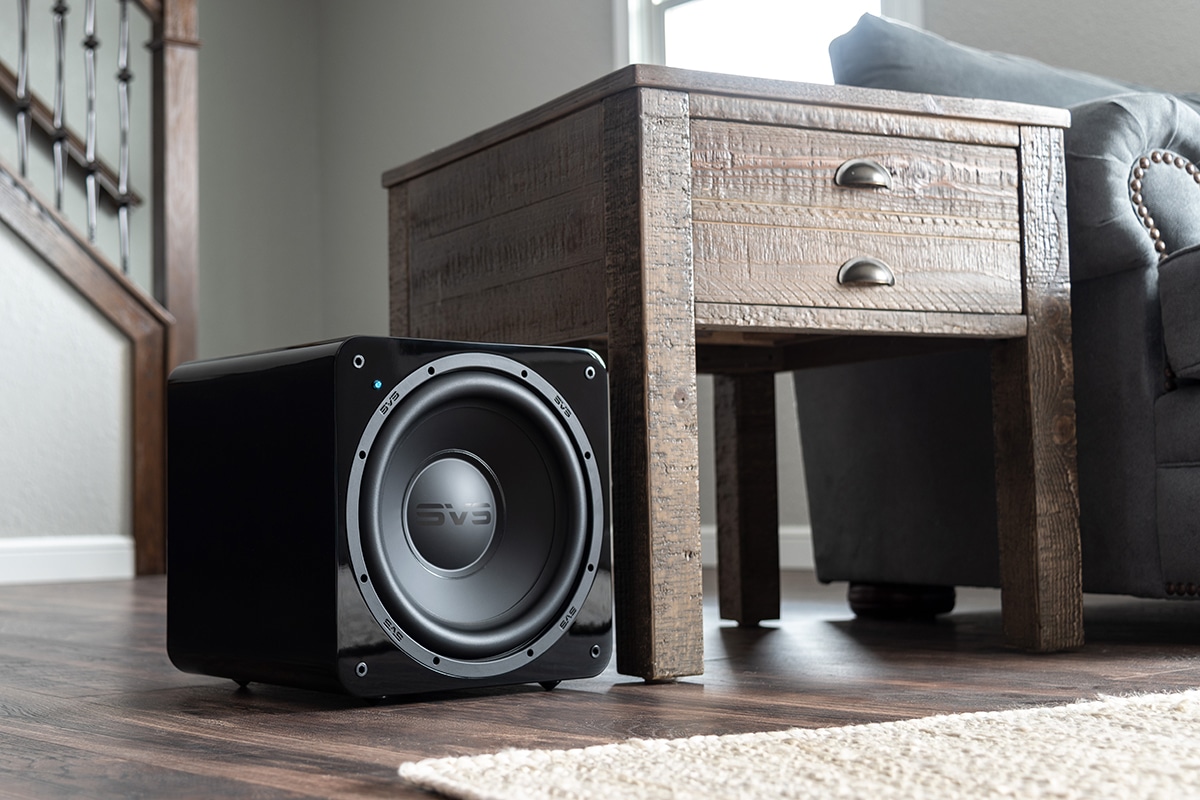
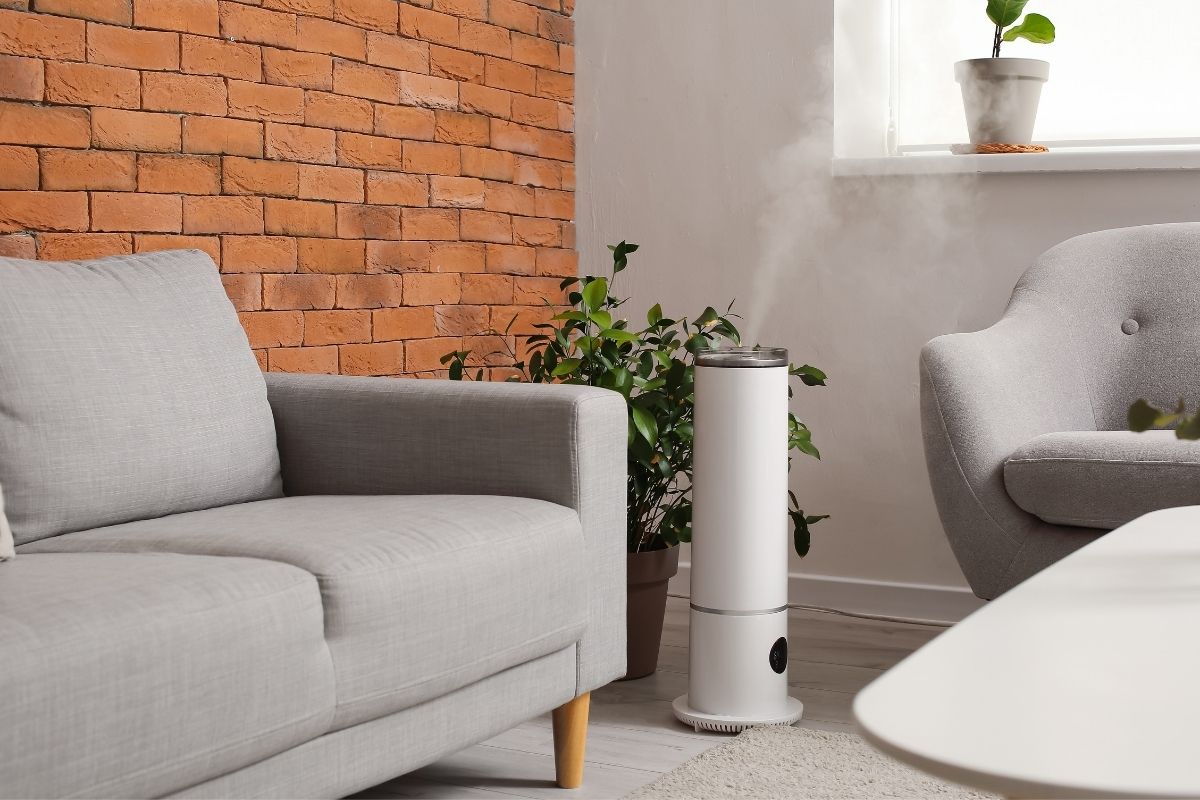
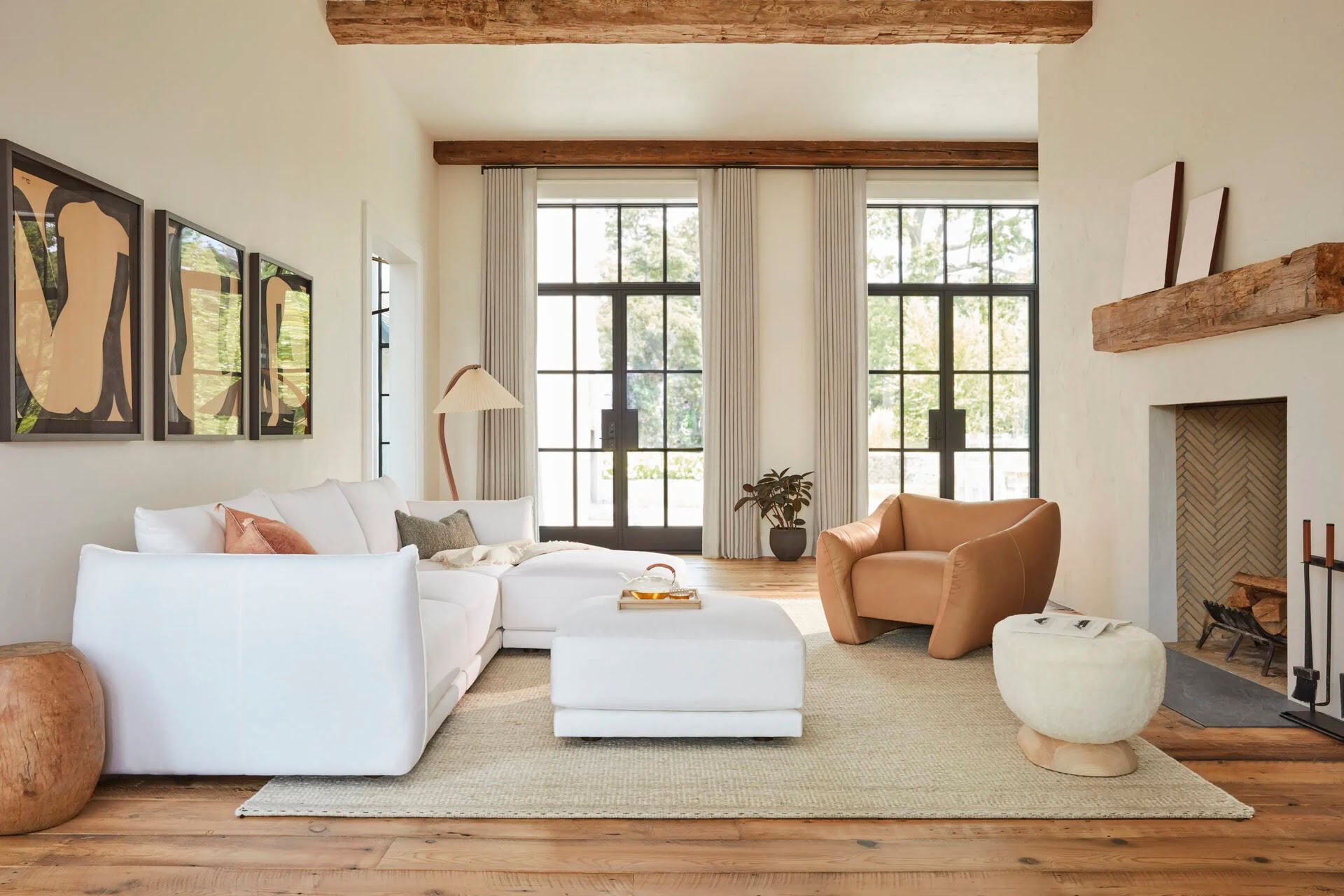
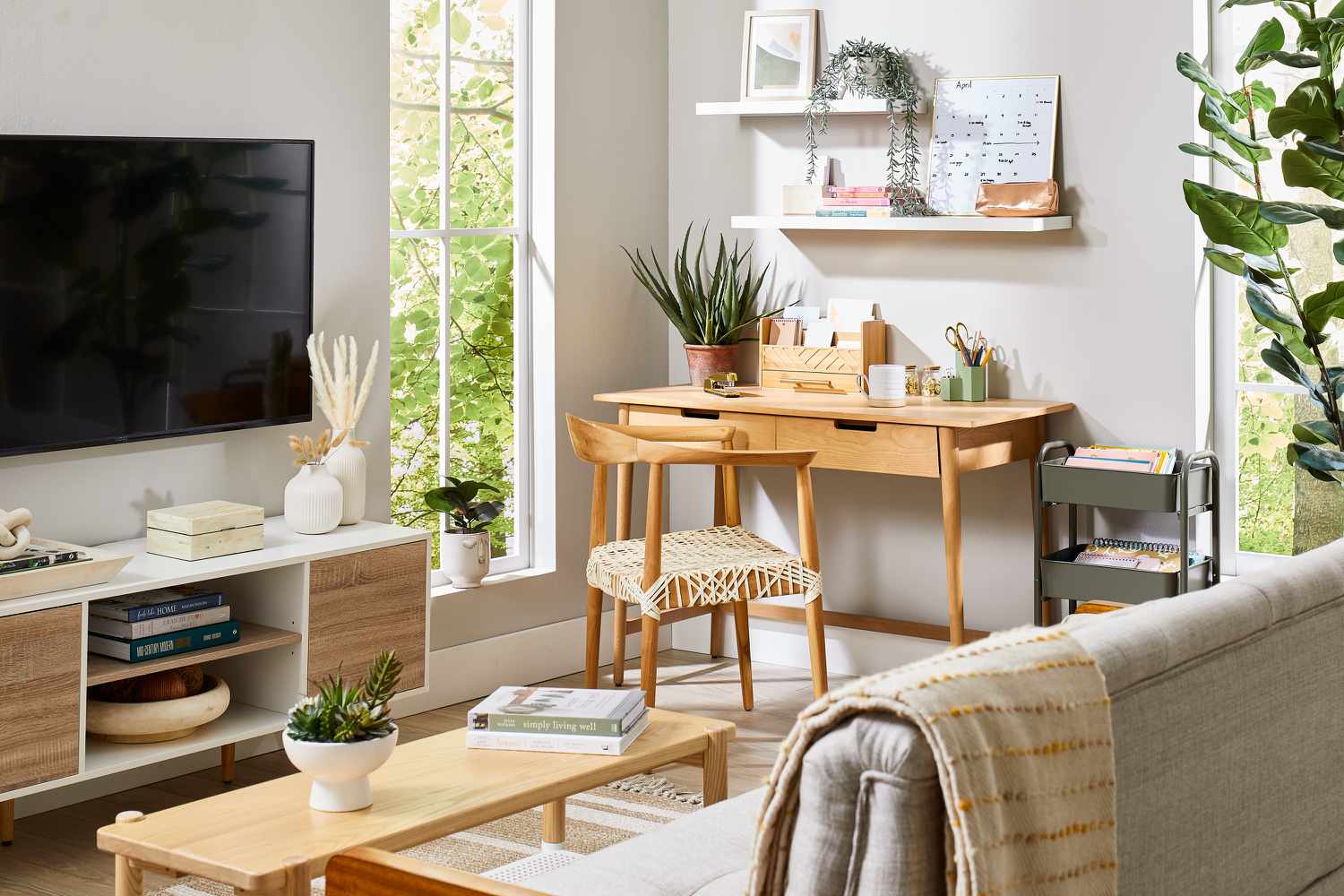
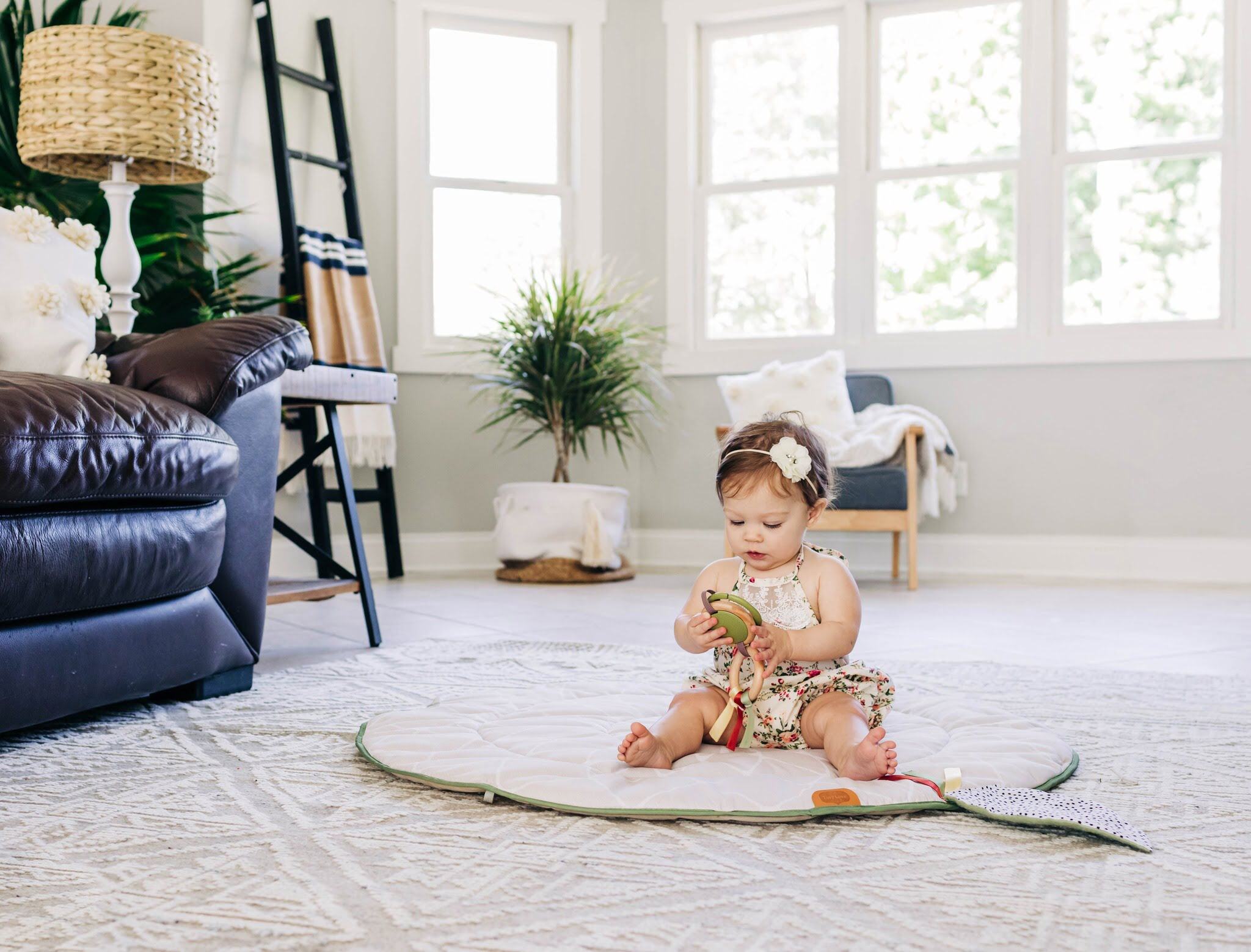
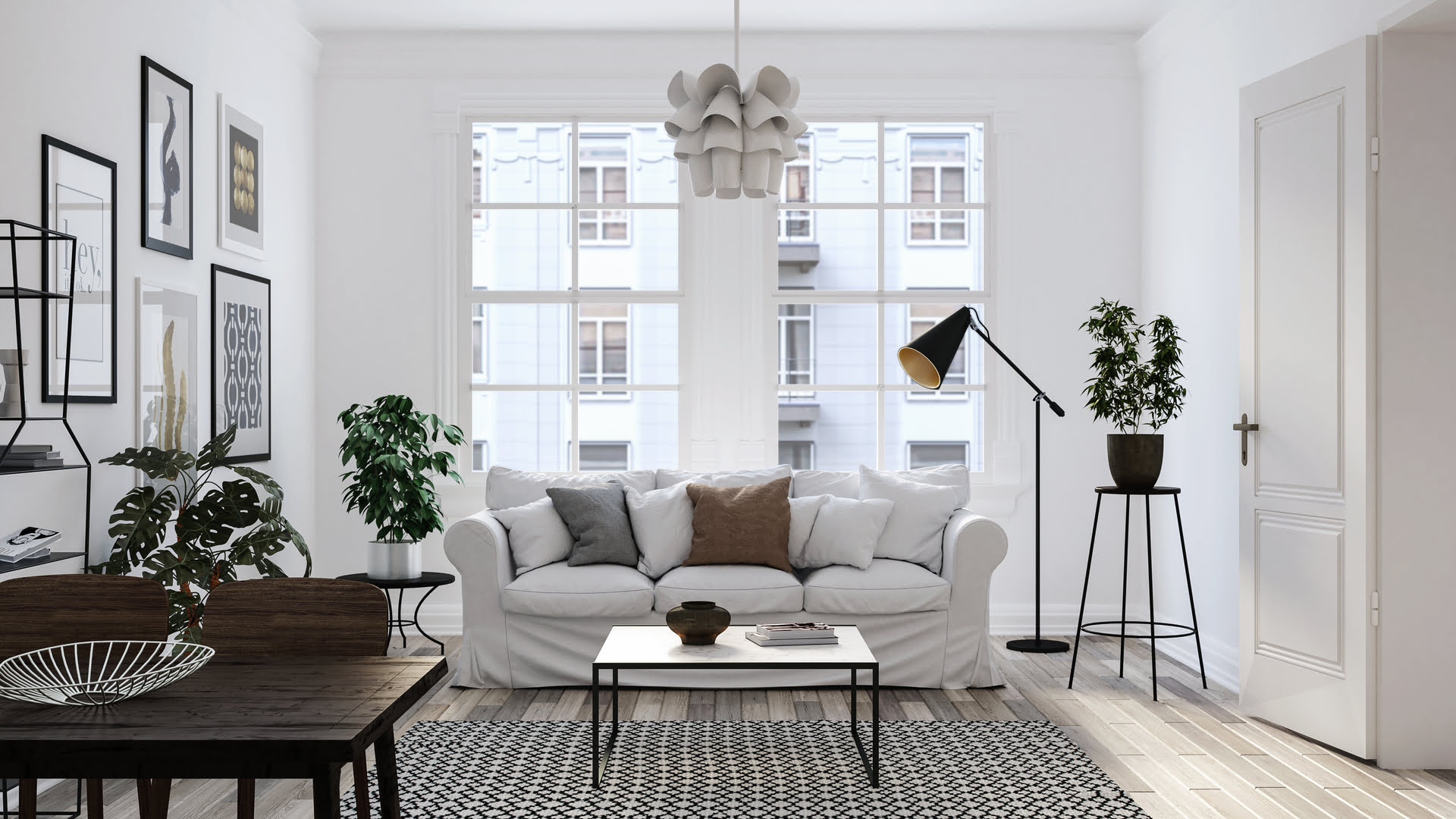
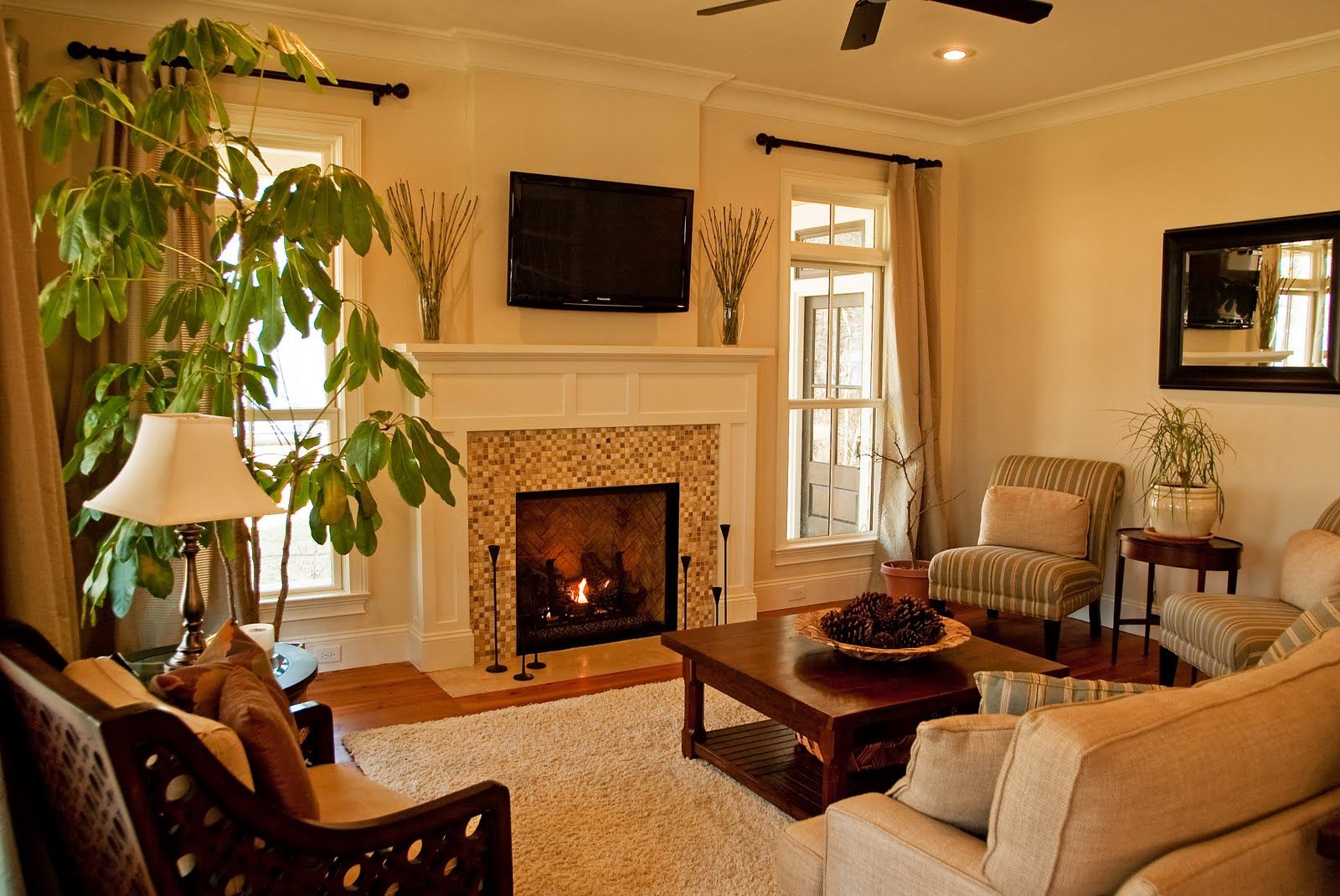
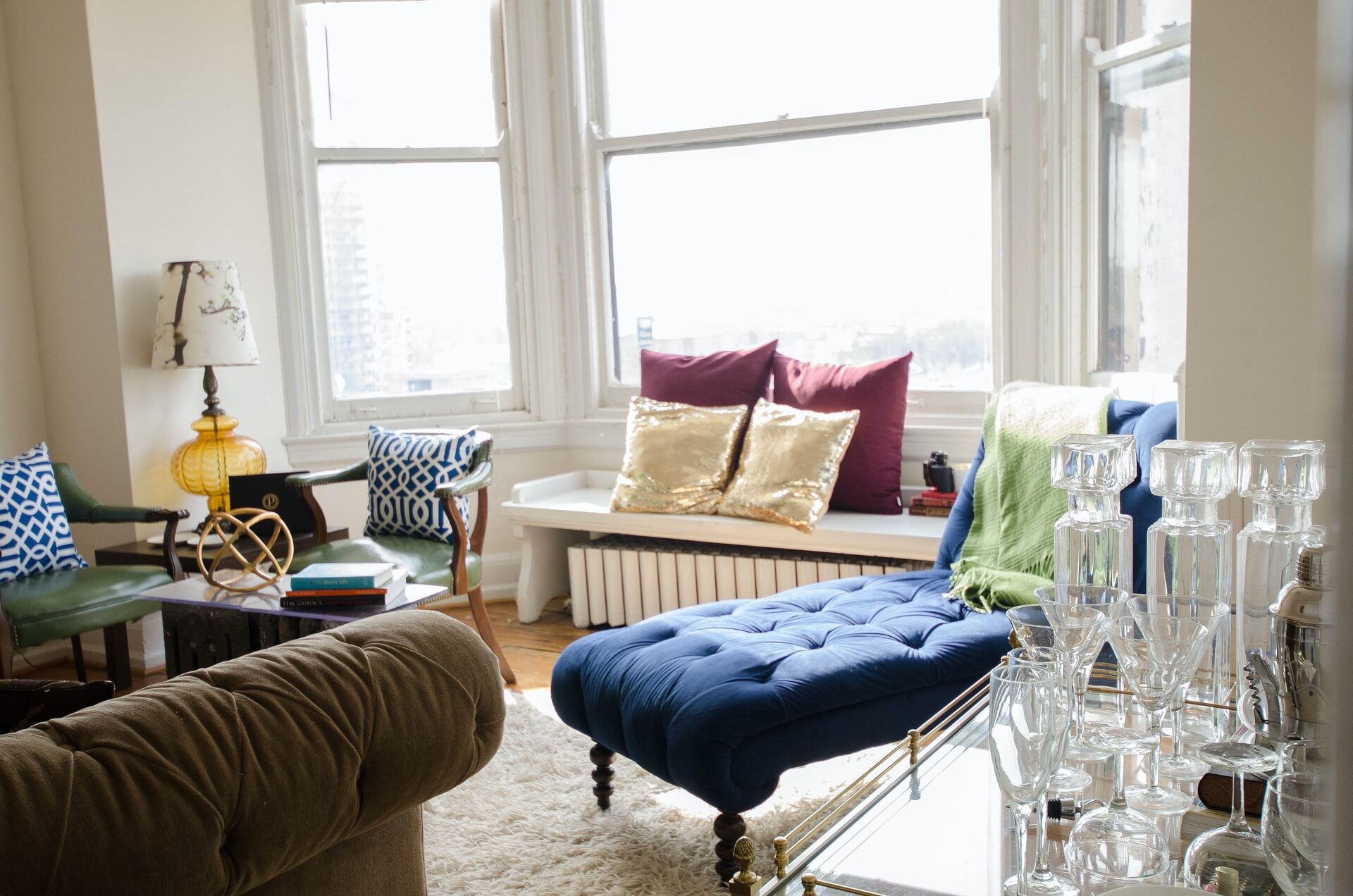
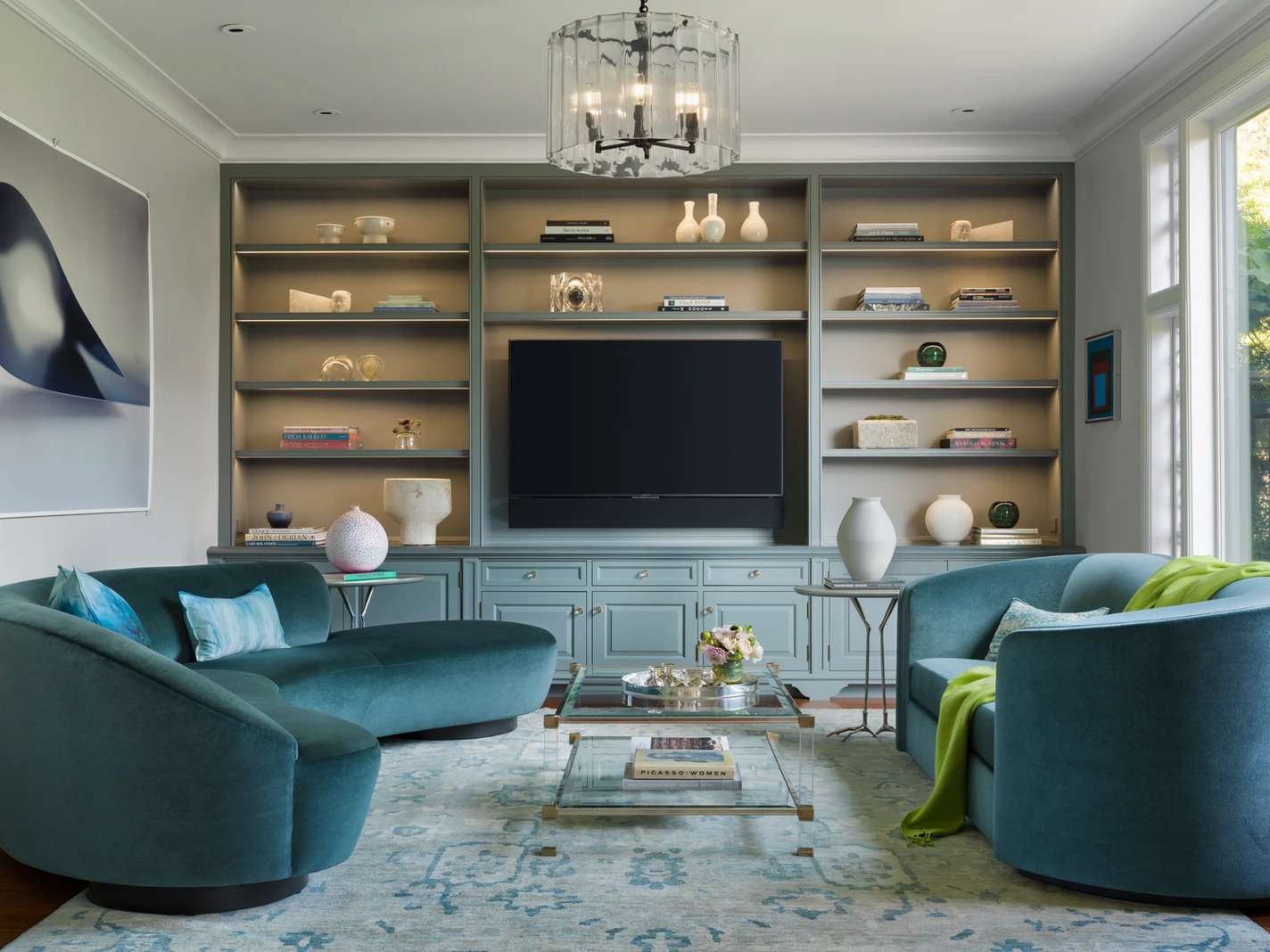
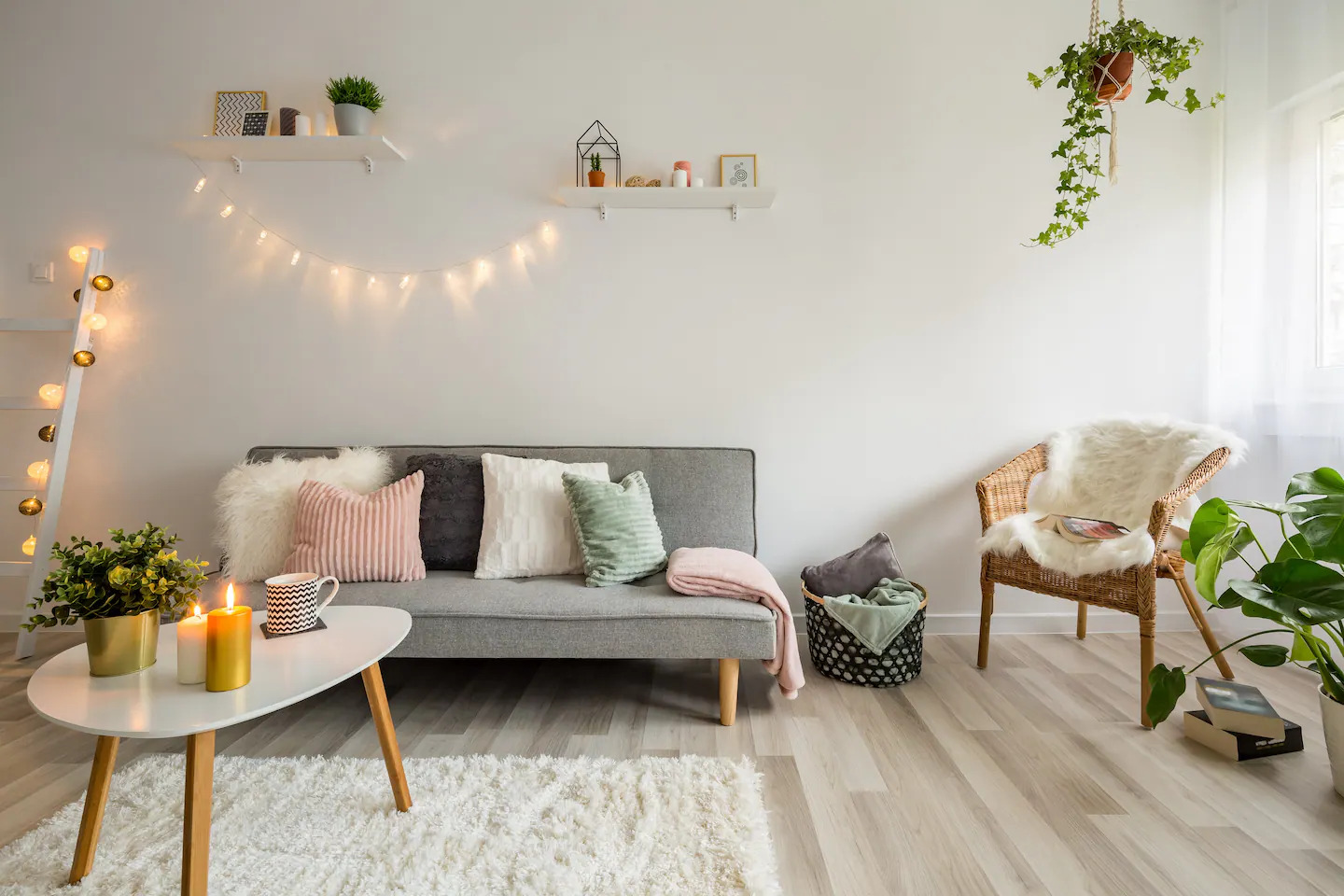
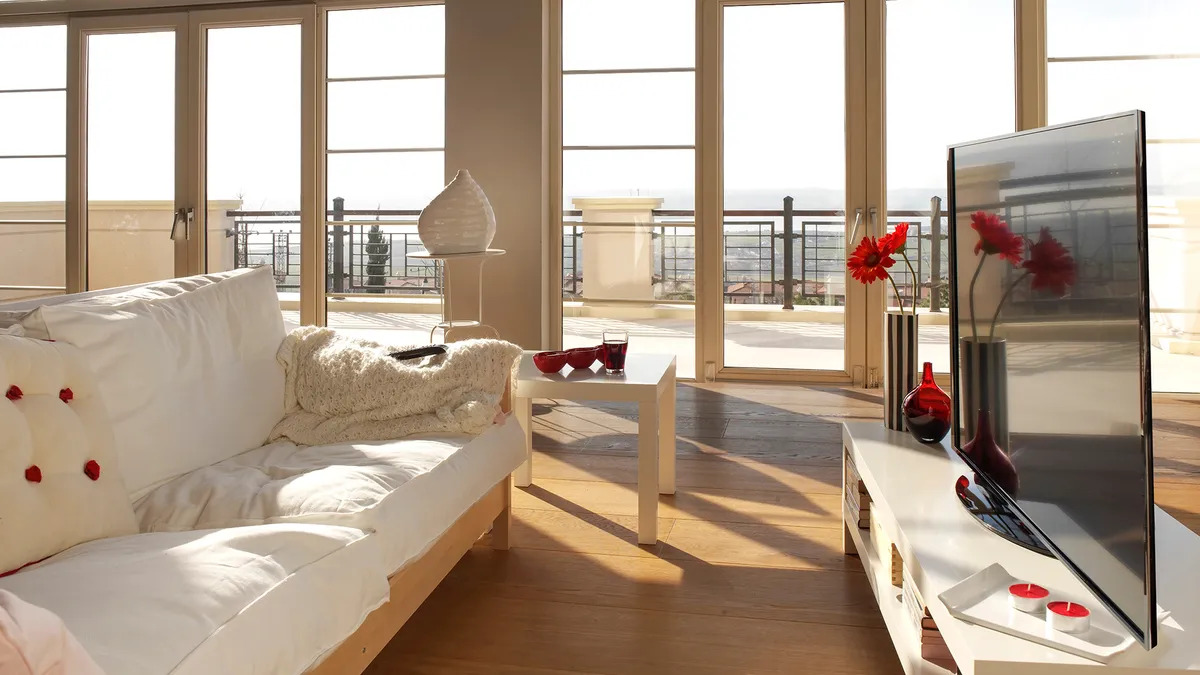
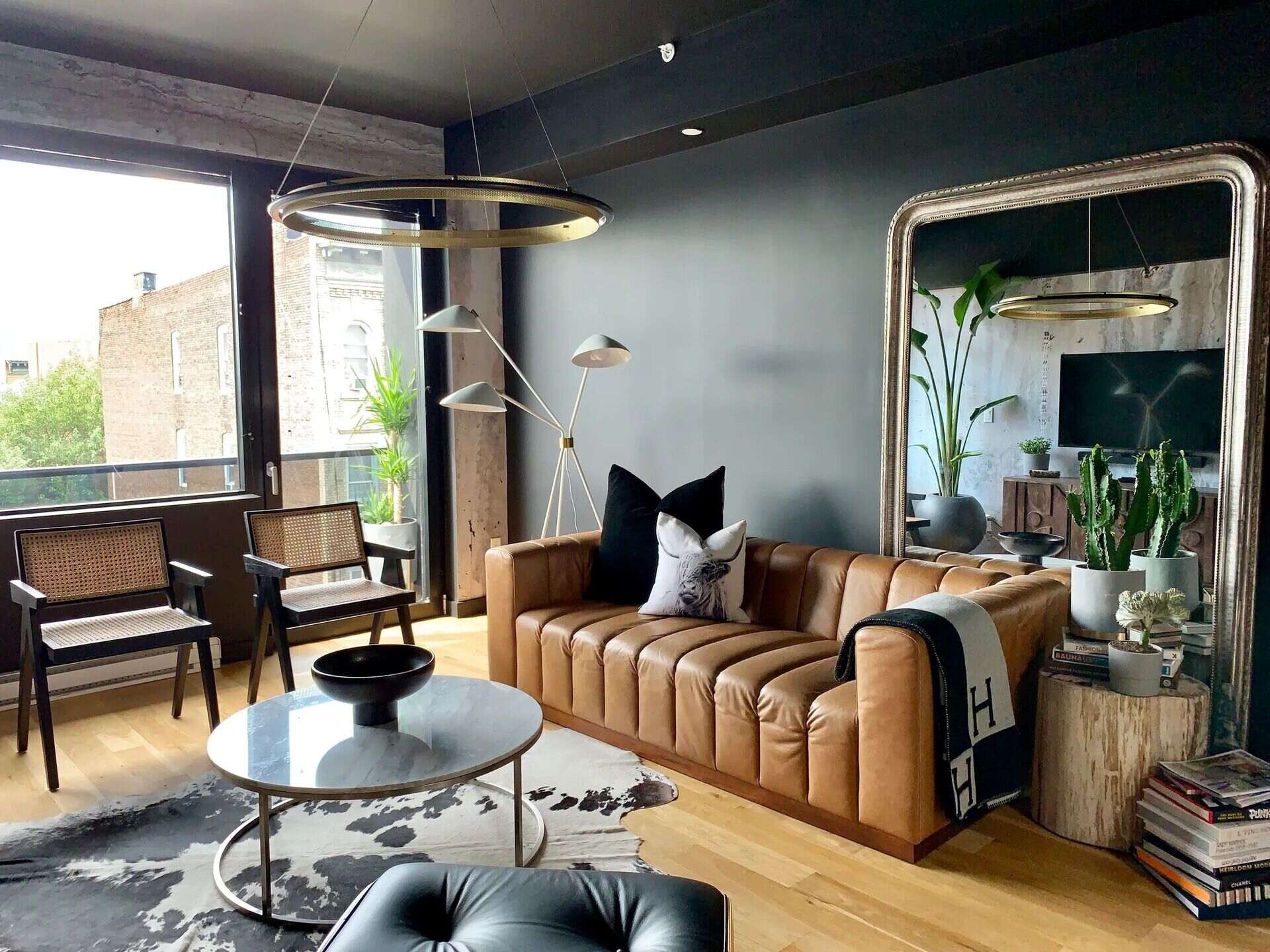
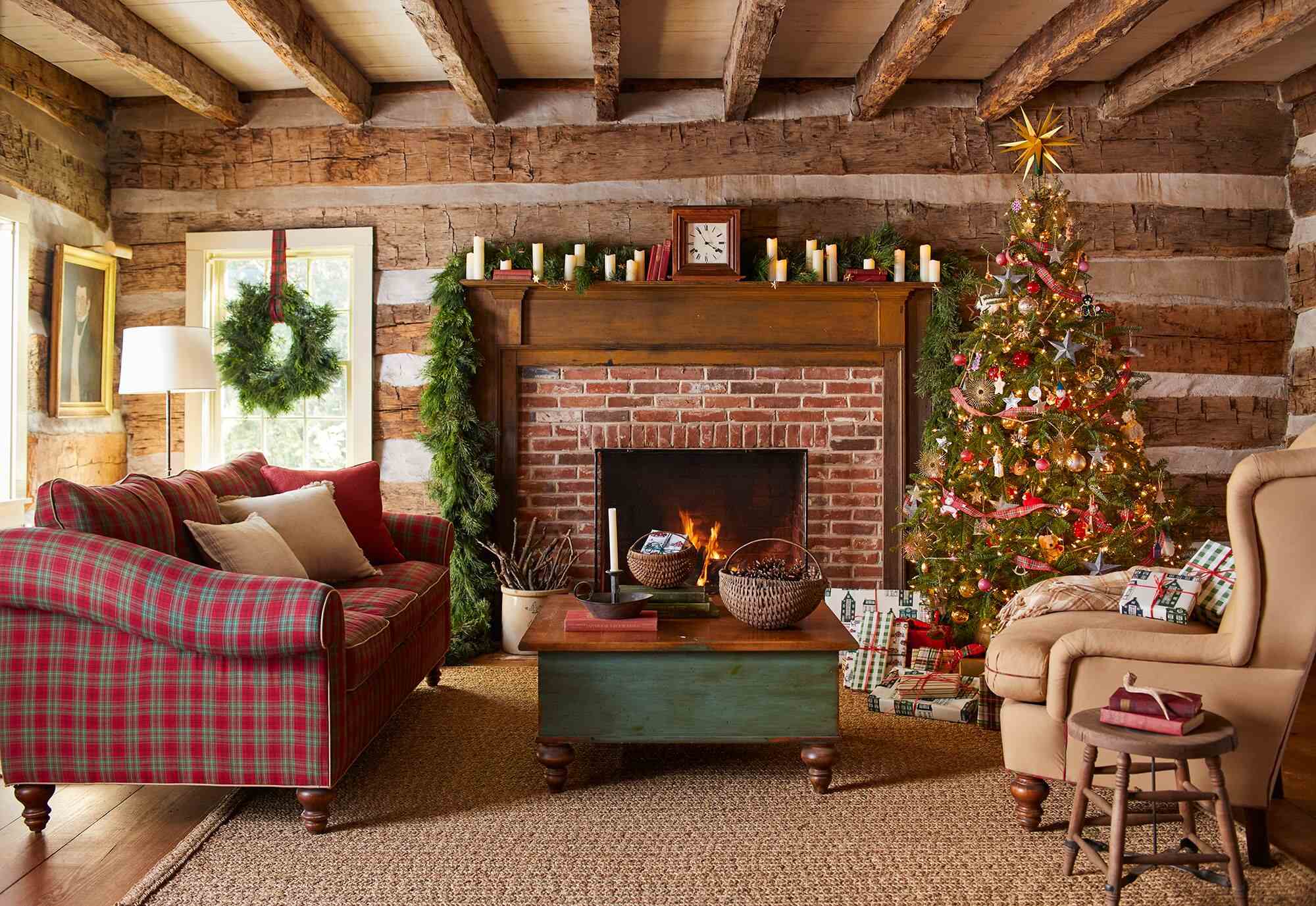
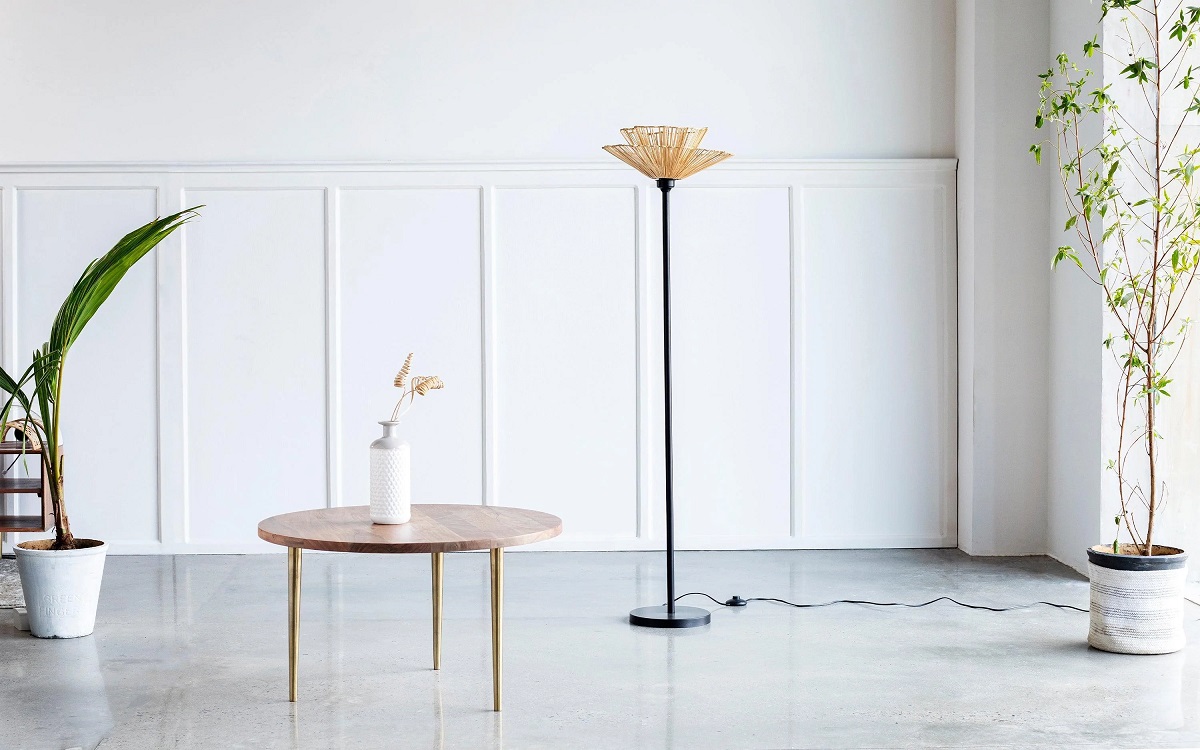

0 thoughts on “Where To Put Floor Lamp In Living Room”